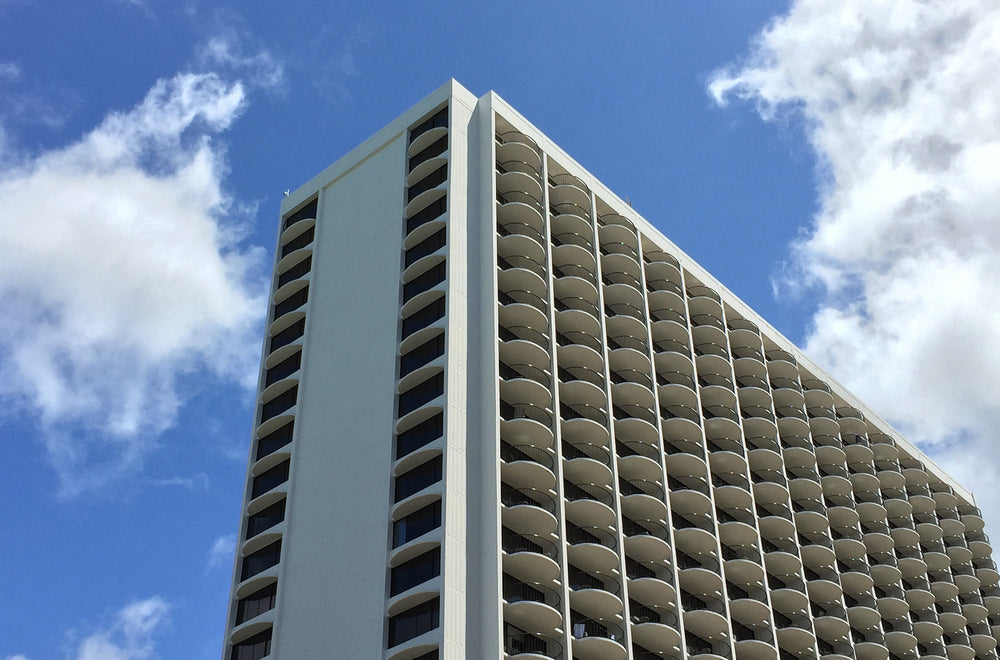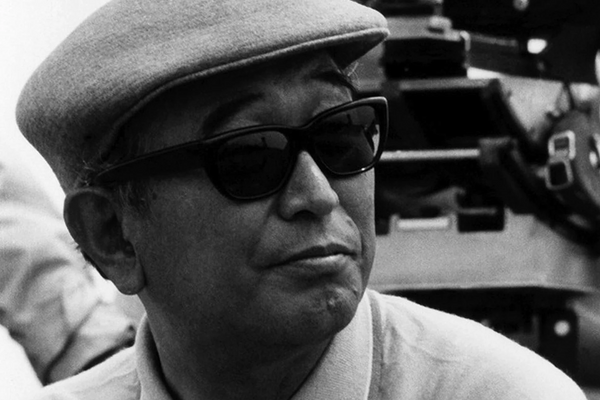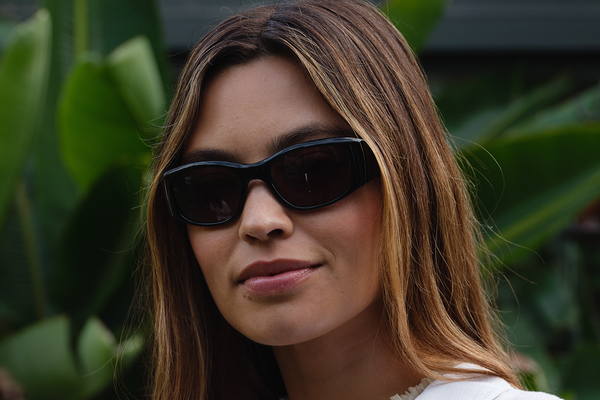A strange place, this Waikiki. It is a place in the mind as much as an actual place, something to which we aspire more than we live and die in. You arrive to a city of signifiers both living and dead: palm trees and tiki bars, novice surfers and honeymooners, the white sands of Waikiki Beach. It is a neighborhood for tourists, not citizens, home to all and none.




Like Hollywood or Malibu, Waikiki owes more to collective imagination than concrete reality. And its reality is quite literally concrete – dated towers in various states of disrepair with their kitschy names and stained carpets casting a long shadow over our hopeful connotations. The architecture is more gesture than genre, adorned with decorative elements of long vanished provenance, a blend of twentieth century styles, tropical motifs and many layers of paint: cinder block in powder blue, cement tile in lime green, stucco in soft pink.


Such details are vestiges of concentrated recreational development, accommodations to the leisure class of our parents' and their parents’ generations. They are what is left over from long ago land deals and the sponsored cultivation of a shared dream; tourism as an economic development model and paradise as an aspiration. And that is where we are today, housed in the past, the people continuing to come. There is no real need or incentive to update these buildings, the rooms are filled, booked months in advance: Japanese Golden Week, Chinese New Year, American game show prizes. We are held captive by Waikiki and our visions of paradise.





So then too, this Waikiki. It is where you can find comfort in the familiar afar, the commonplace dressed up as a new place. The brutalist buildings framed by flowers, sunset softening hard surfaces, waves gentle enough for a longboard beginner, the peal of children's laughter, the same in any language. And oh look, there’s a rainbow. Take this grey world and paint it in pastels; take this heaviness and let it float on. Why oh Wai-ki-ki, so fun to say, so far away.


